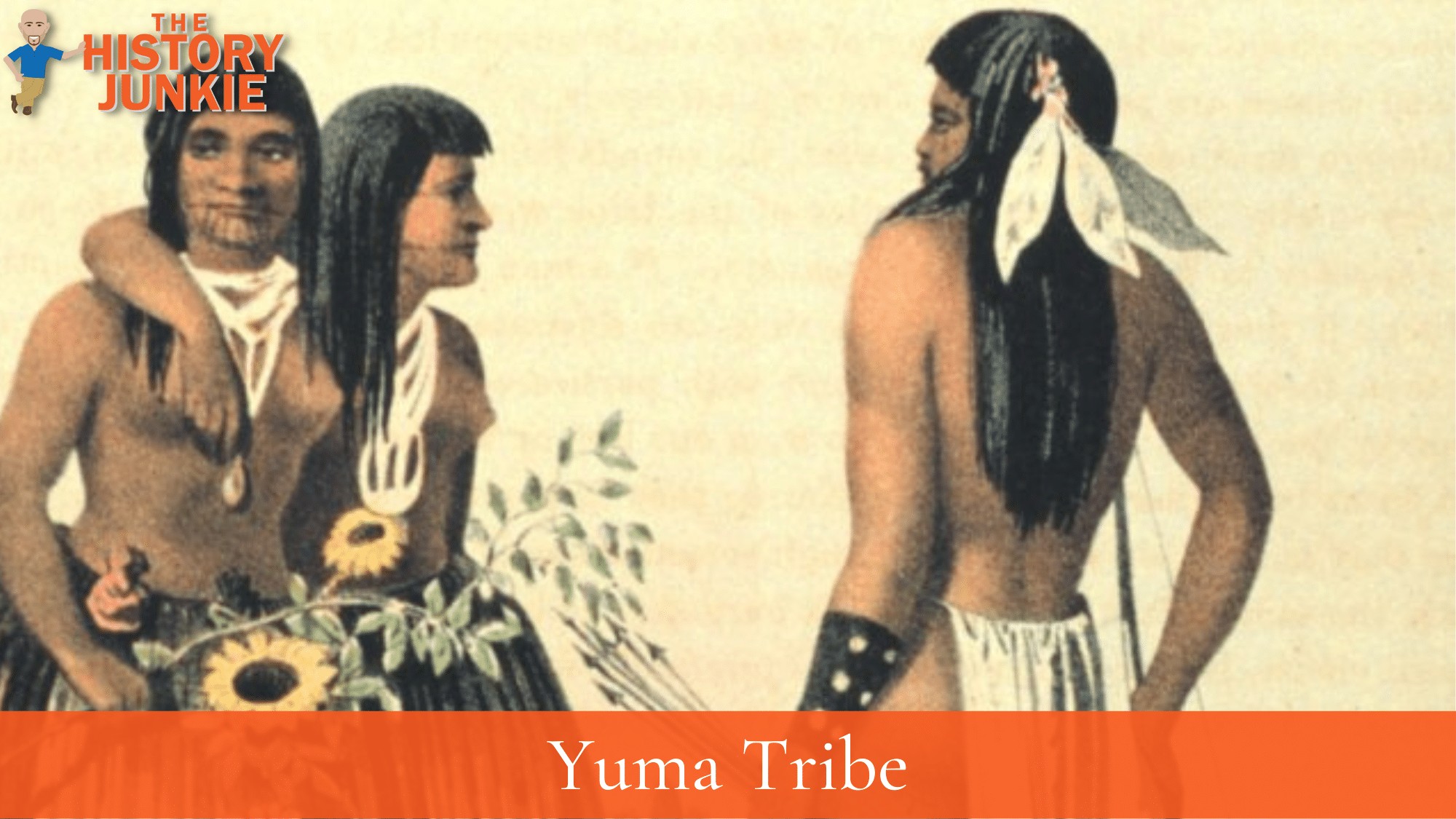The Yuma Tribe, also known as the Quechan tribe, was a tribe that resided in Arizona and interacted with the Pima tribe.

They are a Southwest Indian Tribe and share many similarities with other tribes that live in the area. They were known to have aggressive warriors.
Yuma Tribe History
As stated previously, the Yuma tribe had many skilled warriors who maintained trade networks. Although they drove the Pima from their original land, they did trade with them as well as other tribes in the Northwest and California.
The first contact that the Yuma tribe had with the Europeans was with the Spanish Conquistadors. This was similar to most southwest tribes due to Spain's conquest of Mexico.
The conquistador they interacted with was Juan Bautista de Anza. Anza would have considered himself an explorer during the time he came into contact with the tribe.
He came in contact with them in 1774, which was over 200 years after the fall of the Aztecs and Hernan Cortes. At this point, Spain was no longer the world power it once was and was much more docile.
Relations were friendly. On Anza's return from his second trip to Alta, California, in 1776, the chief of the tribe and three of his men journeyed to Mexico City to petition the Viceroy of New Spain for the establishment of a mission.
Chief Palma and his three companions were baptized in Mexico City on February 13, 1777. Palma was given the Spanish baptismal name Salvador Carlos Antonio.
Spain began to try and settle near the Yuma, but that did not go well as the Yuma tribe became more aggressive and rebelled. The rebellion would leave 4 priests and thirty soldiers dead.
The United States
What the Yuma tribe did not realize was what was going on during this time. A new country was forming, and Spain was allied with them during the Revolutionary War.
There were thousands of miles that separated them, and it would not be until President James Polk that they would come in contact with settlers from the young country.
The Mexican-American War began in 1846 and ended in 1848. After it was over, the United States took control of various territories, which would put them in conflict with the Yuma. This would ignite the Yuma War.
Following the Gadsden Purchase in June 1853, the eastern side of the Colorado River became part of the United States, and though the war was over between the Yuma and the Americans, the United States Army could now launch major military campaigns across the river without having to concern themselves with the Mexican military.
The war between the United States and the Mojave became a reality in 1858 when warriors attacked American settlers at Beale's Crossing in Arizona. The attack resulted in the establishment of Fort Mohave, and the war ended in 1859 after the Mojave were defeated twice in two significant engagements.
Later, the Quechan came into conflict with the Maricopa, and in 1857, the last major battle involving the Yuma was fought. In an engagement at Pima Butte in the Sierra Estrella Mountains, the Maricopa and Pima defeated and killed well over 100 Yuma and their allies.
After this, the Yuma tribe was no longer a military power.
